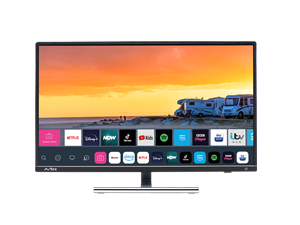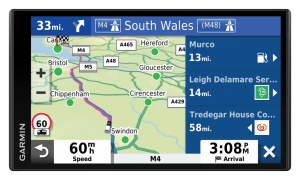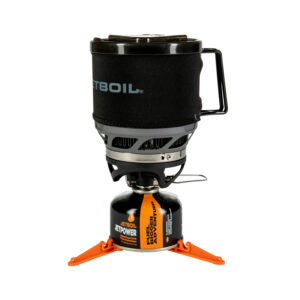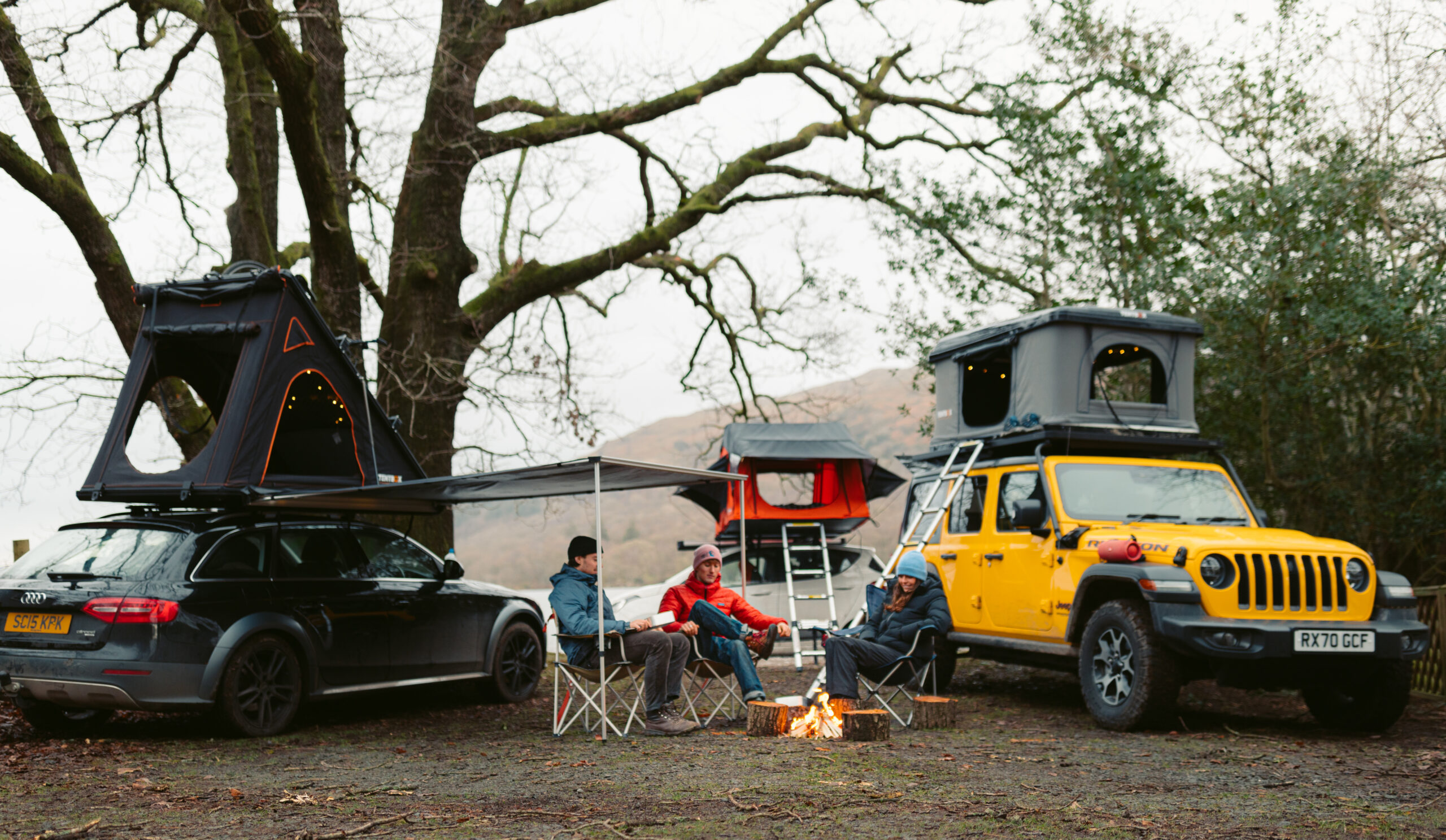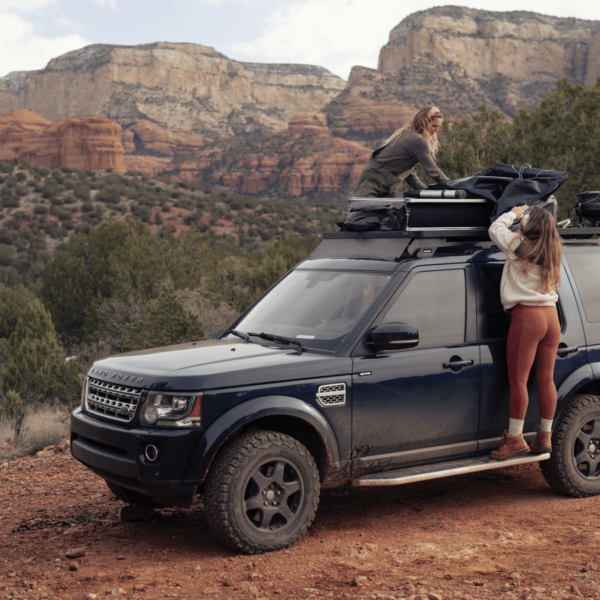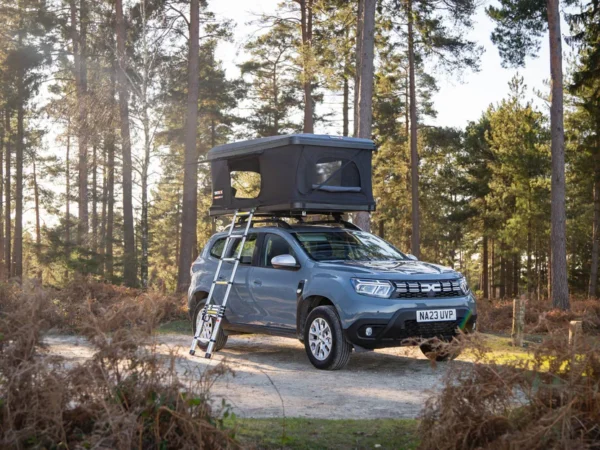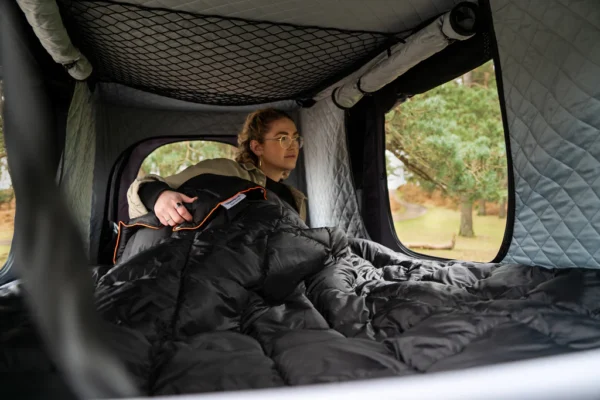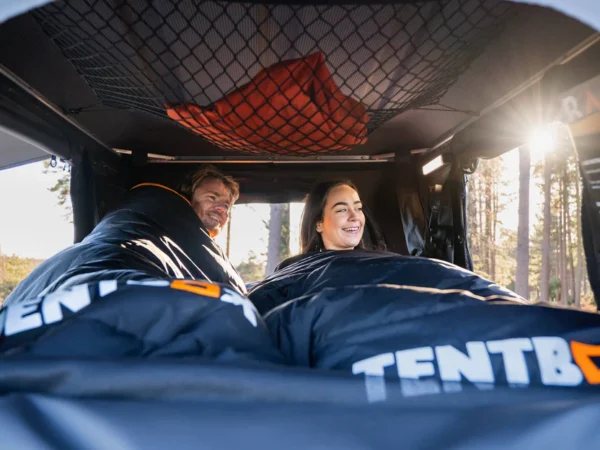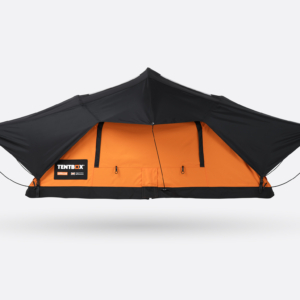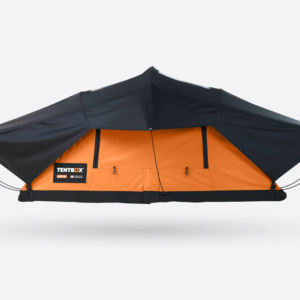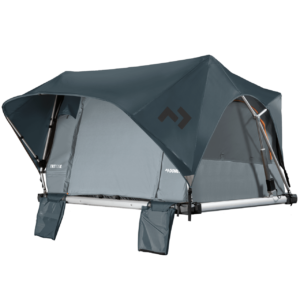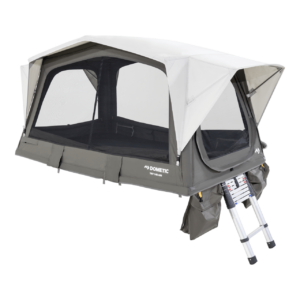Considering a Roof Tent? What You Need to Know Before You Buy
If you want to enhance your outdoor adventure experiences, installing a reliable roof tent can be a great option.
However, with so many models and features to consider, it can be overwhelming to know where to start.
Before investing in a roof tent, there are several key factors you need to carefully think through, whether you’re considering reputable brands like TentBox and Dometic or other manufacturers.
In the next few minutes, we’ll walk through the 8 most important considerations when deciding if a roof tent is right for you and how to select the best one to meet your needs and budget.
Key Factors to Consider When Buying a Roof Tent
Installation and Compatibility
First, you have to be sure that the roof tent you’re about to purchase can be properly installed on your vehicle. Carefully check the roof load capacity to ensure it can handle the weight. Arguably, this is the most important part of the whole process. Each vehicle has a dynamic roof load limit, which indicates the maximum weight that can be safely carried on the roof while driving.
This information is typically available online or in your vehicle’s manual. Your roof load limit must be greater than or equal to the weight of the Roof Tent. Most brands offer guides on this that are available for you to read.
The type of existing roof rack is also critical, as some roof tents require specific mounting systems. Brands like TentBox and Dometic provide all the detailed specifications and guidelines you’ll need for an appropriate setup.
You’ve got to understand that getting the installation configuration wrong can be really unsafe, so it’s good you thoroughly research if and how the roof tent can be correctly attached based on your vehicle’s make and model. A reliable installation gives you confidence for secure long-term use off-road and on adventures.
Weight, Size and Set Up
Another factor you have to pay attention to is the roof tent’s weight and dimensions.
Depending on your camping arrangements, whether you plan on going solo or with a group of friends, you need to ensure that you get a tent that is easy enough for you to set up.
When selecting a roof tent, it’s crucial to consider its size and installation process. The size of the tent affects not only the sleeping space but also the overall weight and installation complexity.
If you plan to have a professional install your roof tent, size and weight may be less of an issue. However, if you intend to install it yourself, it’s important to remember that roof tents can be quite heavy, often requiring assistance for safe and proper installation.
Some models are significantly heavier than others, which could make solo installation challenging or even impossible. Ensuring you have the necessary help and equipment to manage the tent’s weight and setup is essential for a smooth and safe installation process.
So, whether you’re opting for a compact, ultralight solo model or a family-sized tent, you need to pay good attention to the size and weight of the roof tent.
Material and Durability
High-quality roof tent materials withstand rugged use in all weather conditions for years of service. Some rooftops are built with waterproof ripstop fabrics to help prevent seepage from rain and moisture.
Most of them are also designed with aluminium or steel frames to offer structural reliability in windstorms. Mesh panels enable ventilation and airflow. You also need to consider the climate in which you will be using the roof tent most often and whether the brand and type of tent you are purchasing can provide you with features best suited for that. For example, Tentbox offers insulation pods if you need to stay warm during colder months, and Dometic roof tents are well-ventilated to prevent condensation during the summer.
You have to carefully inspect specs like thick, durable fabric denier ratings and sturdy pole diameter measurements when you’re comparing your options. A premium material and smart construction mean you’re getting a reliable tent that would last year after year.
But an inferior quality means you’ll have to deal with leaks, tears, and breakage and cut family trips short upfront. Do you really want to deal with that?
Ease of Use
You should look for how quick and simple it is to set up the roof tent and how easy it is to store when you’re not using it. So, always go with a tent that is easy enough to set up upon arrival.
Models that open automatically with gas struts, like the TentBox Classic and Cargo models, might be easier for you.
Alternatively, you may prefer a tent that inflates from a single external point, such as the Dometic TRT140 AIR.
If you enjoy being hands-on and want full control, manual roof tents like the TentBox Lite models, which you can assemble upon arrival, might suit you better.
Or, if you prefer convenience, you might like the Dometic TRT120E, which opens at the press of a button on a remote control.
Complicated assembly, fiddly hardware pieces, and lengthy instructions would make your entire adventure a hassle, now that’s something you don’t want. When functionality falters, so does the fun. A smart, intuitive tent design gives you a blissful outdoor experience, not frustration.
Price and Warranty
Roof top tents come at different prices depending on the size, features, and quality. Yeah, it’s true that a cheap model might seem appealing upfront, but it’s good you know that they usually disappoint over a long time.
A lot of reliable brands command higher prices but deliver better materials, construction, and durability. You can read previous reviews to know if a tent is worth your attention.
And check the fine print on warranty coverage length and terms. What scenarios does the warranty cover? How long does the warranty last for?
These are things you should know beforehand. You should know whether you’re getting two years of assurance or little real backing.
Capacity
When looking at tent size, first decide how many people need to fit. Going solo? A 1-person model will do. For couples or small families, 2-4 person tents work.
When selecting capacity, you should factor in desired elbow room, gear storage, and comfort needs. Also, consider future flexibility.
A 2-person tent may meet your current 2-person needs, but you may not be able to accommodate extra little-ones later on. Gear lofts, pockets, and creative storage are built into some models to help you maximise usable space.
Intended Use
Where and how long you camp determines which tent works best. Lots of outdoor lovers want something super durable for weeks off-grid. Other weekend roadtrippers need quick setup at rest stops.
So, think about when, where, and how long you’ll use the tent, plus expected weather and environmental conditions. Well-ventilated options suit hot, humid summers. Thermal fabric keeps the warmth in during winter. And easy setup/collapse aids rainy drive-up sites.
It’s always a good idea to check a roof tent’s wind rating prior to purchase to ensure it can withstand the wind conditions you may encounter, ensuring your safety and the tent’s durability.
It doesn’t matter if you’re an explorer who just loves the great outdoors. You have to think about the features you’ll need based on how and where you travel most.
Additional Features
Optional extras customise your rooftop tent experience. Handy interior lights, pockets, and USB ports afford sleek, modern convenience for phones and gadgets.
Skylights and panoramic windows enable stargazing without sacrificing weather protection. Add-on changing rooms and fold-out annexes expand usable living space.
For superior comfort and privacy, consider a tent that includes accessories like sturdy ladders, custom interior mattresses, or exterior sun shades. Storage pockets safely contain small items while freeing interior capacity.
Conclusion
Purchasing a quality roof tent requires thorough research and realistic consideration of your vehicle, typical climate, trip duration, group size, and budget.
You must watch for features like durable materials, easy setup, sleeping capacity, and weatherproofing to ensure the best model selection.
If you’re looking for the best quality, you should go with reputable manufacturers like Dometic Roof Tent or TentBox. They are known to build roof tents that tend to last through years of adventure.
Taking the time to weigh all critical factors will pay dividends through countless nights spent comfortably suspended and sheltered atop your car, camper, or caravan. Safe adventures!
Shop products from this article
£2,595.00 – £2,695.00Select options
TentBox Cargo 2.0
£2,195.00Select options
TentBox Classic 2.0
TentBox Lite 2.0
TentBox Lite XL
Dometic TRT120E Roof Tent
£2,199.99Add to cart

